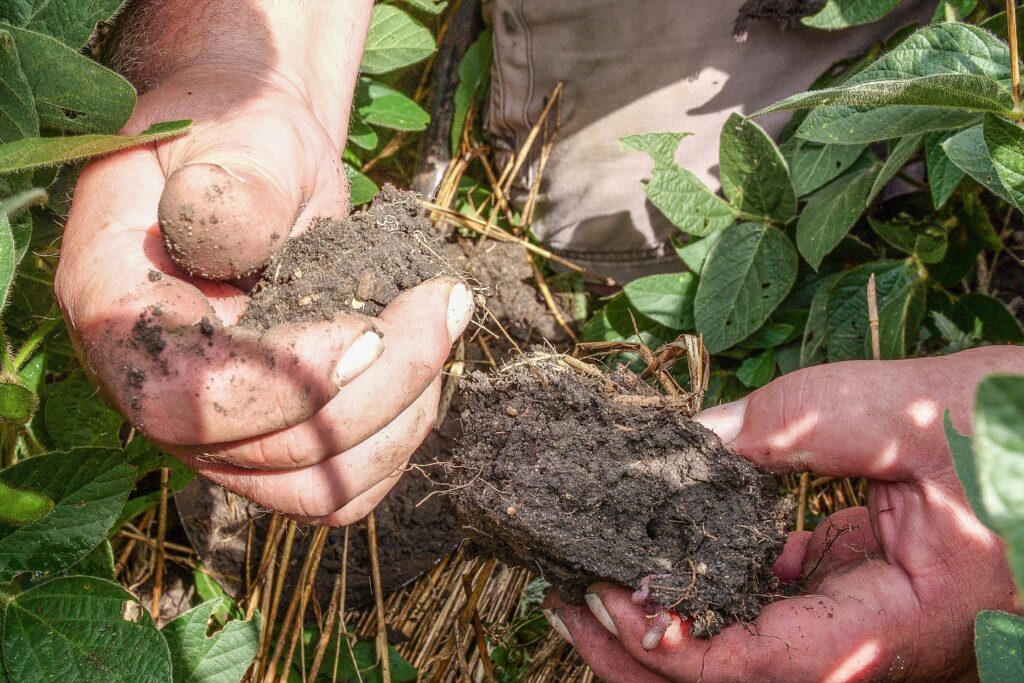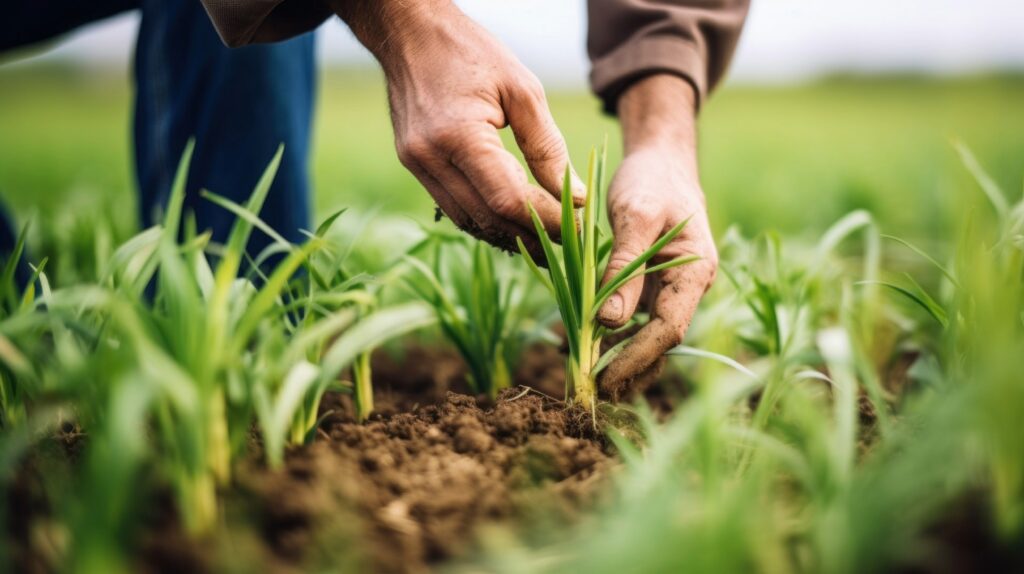Soil is the foundation of our food system, yet modern agricultural practices have pushed it to the brink. Since the dawn of farming, most agricultural soils have lost between 30% to 75% of their original soil organic carbon. This alarming statistic underscores a pressing crisis: our soil is becoming less fertile, less resilient, and less capable of supporting life. But there is hope—regenerative agriculture is showing us the way forward.
What is Regenerative Agriculture?
Regenerative agriculture is a holistic approach to farming that prioritizes soil health, biodiversity, and ecosystem resilience. Unlike conventional farming, which often depletes the land, regenerative practices work in harmony with nature to restore and enhance the soil. This approach incorporates techniques such as cover cropping, no-till farming, rotational grazing, and the integration of livestock into cropping systems—all of which help to regenerate the land rather than exhaust it.

The Benefits of Regenerative Agriculture
Regenerative agriculture isn’t just about farming—it’s about securing a future where our soil remains healthy, our food is nutrient-rich, and our ecosystems thrive. Here’s how regenerative agriculture can make a difference:
- Captures Carbon and Combats Climate Change
Regenerative practices help pull excess carbon dioxide from the atmosphere and store it in the soil, improving its fertility while mitigating climate change. - Enhances Soil Health and Productivity
By restoring soil organic matter and microbial life, regenerative farming increases the soil’s ability to retain water and nutrients, leading to higher crop yields and long-term sustainability. - Mitigates Extreme Weather Impacts
Healthy soils act like a sponge, reducing the risks of both flooding and drought by improving water infiltration and retention. - Boosts Nutrient Density in Food
Healthy soil produces healthier plants, which in turn create more nutrient-dense foods for people and animals. This means the grains, vegetables, and meats grown through regenerative methods are more nourishing. - Supports Biodiversity and Pollinators
Regenerative farming fosters diverse ecosystems, protecting beneficial insects like bees and butterflies, while reducing the need for synthetic pesticides. - Reduces Water Pollution
By minimizing synthetic fertilizers and pesticides, regenerative agriculture prevents harmful runoff into rivers and lakes, helping to maintain clean water sources. - Strengthens Farm Resilience and Profitability
By reducing dependency on expensive chemical inputs and improving soil productivity, regenerative practices help small farmers thrive, ensuring a more sustainable food system for the future.
A Path Forward
The good news? It’s not too late. Farmers around the world are adopting regenerative practices, proving that we can restore our soils and rebuild the health of our ecosystems. But they need support—from consumers who choose regeneratively grown products, from policymakers who incentivize sustainable practices, and from businesses that prioritize responsible sourcing.
At Farmer Direct Foods, we are committed to regenerative agriculture. By choosing our heirloom wheat flours, you are directly supporting farming practices that nurture the land, improve food quality, and sustain future generations.
Take Action
Want to be part of the solution? Here’s how:
- Look for and support brands committed to regenerative agriculture – like Farmer Direct Foods!
- Educate yourself and others on the importance of soil health.
- Choose food that’s grown with sustainability in mind.
- Advocate for policies that support regenerative farming.
The health of our soil is the health of our future. Together, we can restore balance to our food system and ensure that the land we rely on thrives for generations to come. Hope is not lost—regenerative agriculture can save us.


